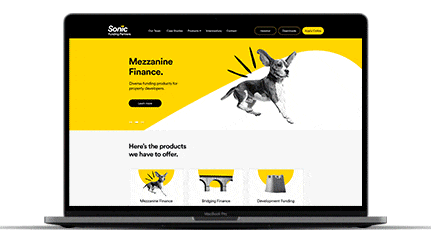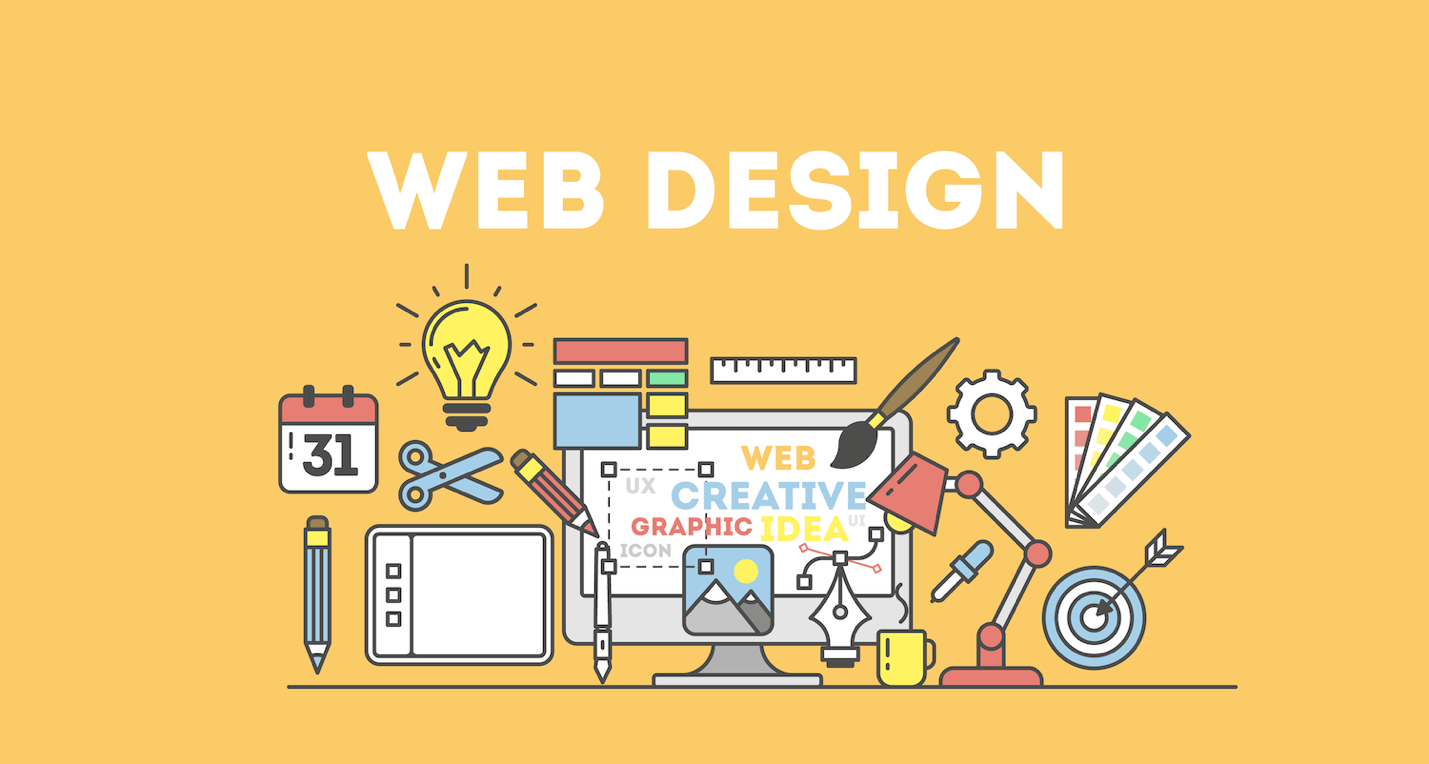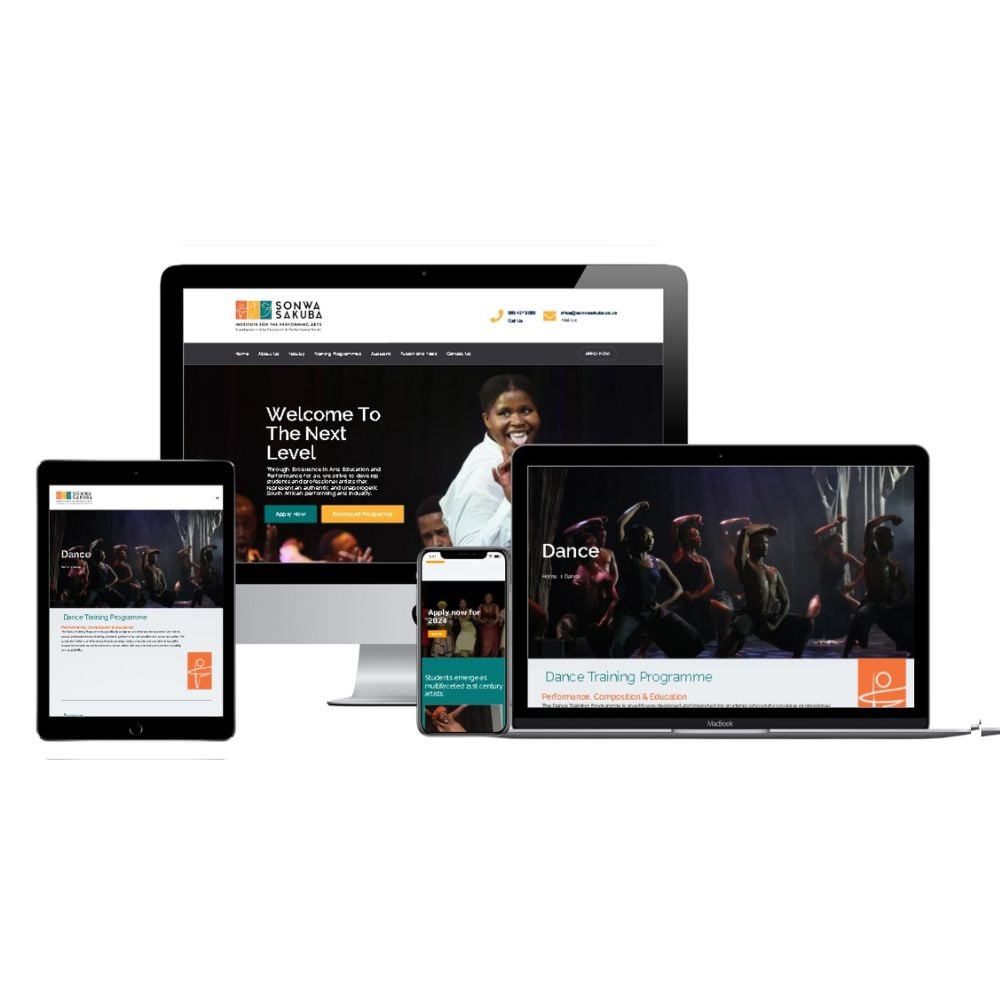Complete Website Design Services for Corporate Sites
Complete Website Design Services for Corporate Sites
Blog Article
Leading Tips for Creating an Impactful Site Layout That Transforms
In today's digital landscape, the significance of an impactful web site style can not be overemphasized, especially when it involves converting site visitors into consumers. To attain this, one should take into consideration a selection of factors, including understanding the target audience, prioritizing customer experience, and maximizing for mobile platforms. The calculated usage of engaging call-to-actions and a well-defined aesthetic hierarchy plays a critical role in leading customers with their journey. As we explore these important components, it becomes evident that the success of your website depends upon more than simply aesthetic appeal; it requires a thoughtful strategy to layout and functionality.

Understand Your Target Target Market
Understanding your target audience is fundamental to effective site design, as it prepares for creating an appealing user experience. Recognizing who your customers are, including their demographics, choices, and actions, allows developers to tailor the site's material, layout, and functionality to fulfill details needs.
Conducting comprehensive market study is critical in this process. Studies, meetings, and analytics can offer valuable understandings right into customer expectations and pain points. By compiling this data, developers can produce individual personalities that represent various segments of the audience, guaranteeing that layout choices are educated and pertinent.
Additionally, comprehending the target audience assists in picking proper layout components such as color design, typography, and imagery that reverberate with individuals. A web site that speaks directly to its target market fosters a sense of connection and trust, encouraging longer visits and higher conversion rates.
Ultimately, a user-centered strategy to site design not just boosts customer fulfillment yet additionally supports service goals by driving involvement and commitment. By prioritizing the requirements and choices of the target market, a web site can successfully offer its purpose and accomplish preferred results.
Prioritize Customer Experience
To boost the overall efficiency of a website, prioritizing individual experience (UX) is crucial (Website Design). A well-designed UX guarantees that visitors can navigate the website effortlessly, find information swiftly, and engage with material meaningfully. This leads to boosted user complete satisfaction and higher conversion rates
Begin by executing instinctive navigating. Menus needs to be rationally structured, enabling individuals to situate vital locations of the website with very little effort. Uniformity in design aspects, such as color design and font styles, cultivates knowledge, which is crucial for maintaining customer interaction.
In addition, consider the filling rate of your web site. A hold-up of simply a couple of seconds can result in significant drop-offs, as customers are less most likely to wait for a slow-loading page. Enhancing pictures and maximizing code can enhance performance and retain visitors.
In addition, clearness in content presentation is important. Use succinct, appealing language and separate text with visuals to improve readability. By prioritizing individual experience, you not only produce an extra enjoyable atmosphere for visitors but also strengthen your brand's trustworthiness. Eventually, an emphasis on UX is a financial investment in the lasting success of your internet site.
Maximize for Mobile Gadgets
Maximizing for smart phones is crucial in today's electronic landscape, where an enhancing number of customers accessibility web sites through smartphones and tablets. A mobile-friendly design not just boosts customer experience yet likewise plays a considerable role in boosting internet search engine positions. To achieve this, it is important to take on a receptive layout that instantly gets used to different screen dimensions and positionings.

Loading speed is one more crucial factor; mobile users are typically much less person and anticipate rapid accessibility to details. By focusing on mobile optimization, you ensure that your web site continues to be competitive and properly involves a wider target market.
Use Engaging Call-to-Actions
An internet site's efficiency commonly rests on its capacity to lead site visitors toward wanted activities, making engaging call-to-actions (CTAs) vital components of style. CTAs function as the critical factors that guide customers to involve with the site, whether that see suggests purchasing, authorizing up for an e-newsletter, or downloading and install a source.
To create efficient CTAs, clearness is paramount. Usage concise language that plainly communicates the action you desire the individual to take. Expressions such as "Get Begun," "Subscribe Free," or "Shop Now" not just share necessity yet additionally remove uncertainty. The positioning of CTAs is similarly essential; they should be tactically positioned throughout the website to ensure they are easily visible, particularly in high-traffic areas.
Moreover, the design of CTAs ought to attract attention without being obtrusive. Utilize contrasting colors and clear font styles to ensure they capture interest. In addition, think about using directional hints, such as arrowheads or photos, to lead customers towards these buttons. By concentrating on these components, companies can dramatically boost individual involvement, driving conversions and ultimately attaining their web site's goals.
Emphasis on Visual Power Structure
Efficient web site design relies heavily on a well-structured visual power structure that overviews customers with web content seamlessly. By arranging elements in a fashion that prioritizes info, designers can enhance individual experience and facilitate decision-making. This includes making use of dimension, color, contrast, and spacing purposefully to accentuate the most important components of a web page.
Making use of bigger font styles for headings and subheadings develops a clear distinction in between various areas, enabling individuals to scan material effortlessly. In addition, employing different shades for switches and calls-to-action can record user focus and urge communication. Whitespace is another essential component; it avoids mess and makes it possible for customers to concentrate on key messages without interruptions.
Photos and graphics should complement the text while also adhering to the well established hierarchy, enhancing the general message (Website Design). Uniformity in style components, such as color design and typography, additional reinforces the visual pecking order, making navigation intuitive

Verdict
Finally, effective web site design necessitates a detailed understanding of the target audience, prioritization of individual experience, and mobile optimization. The critical use of compelling call-to-actions and a distinct visual pecking order further improves user interaction. By implementing these concepts, websites can accomplish higher conversion rates, ensuring that layout elements not just draw in visitors yet also promote seamless website here navigating and communication. Ultimately, a well-executed internet site style acts as a critical component in driving customer actions and achieving service objectives.
Report this page